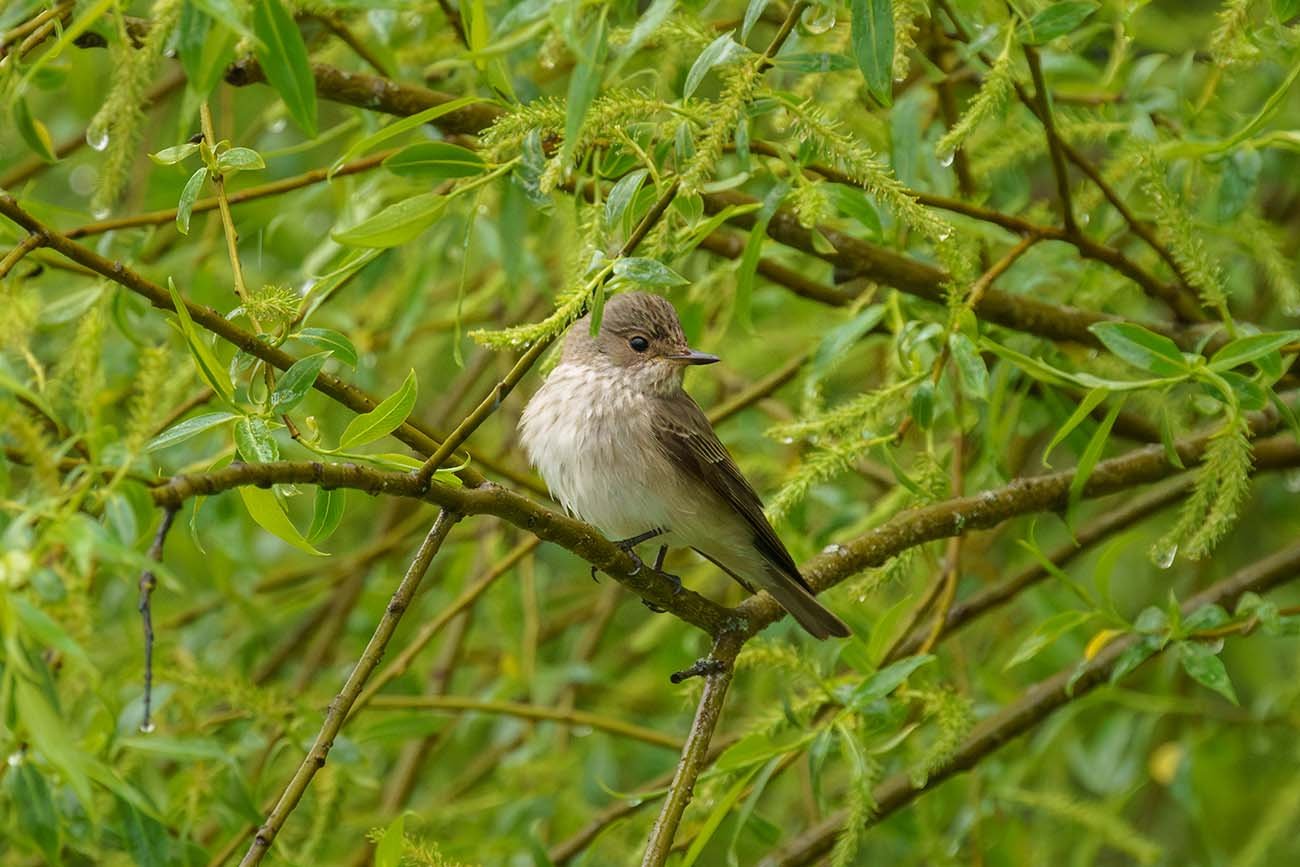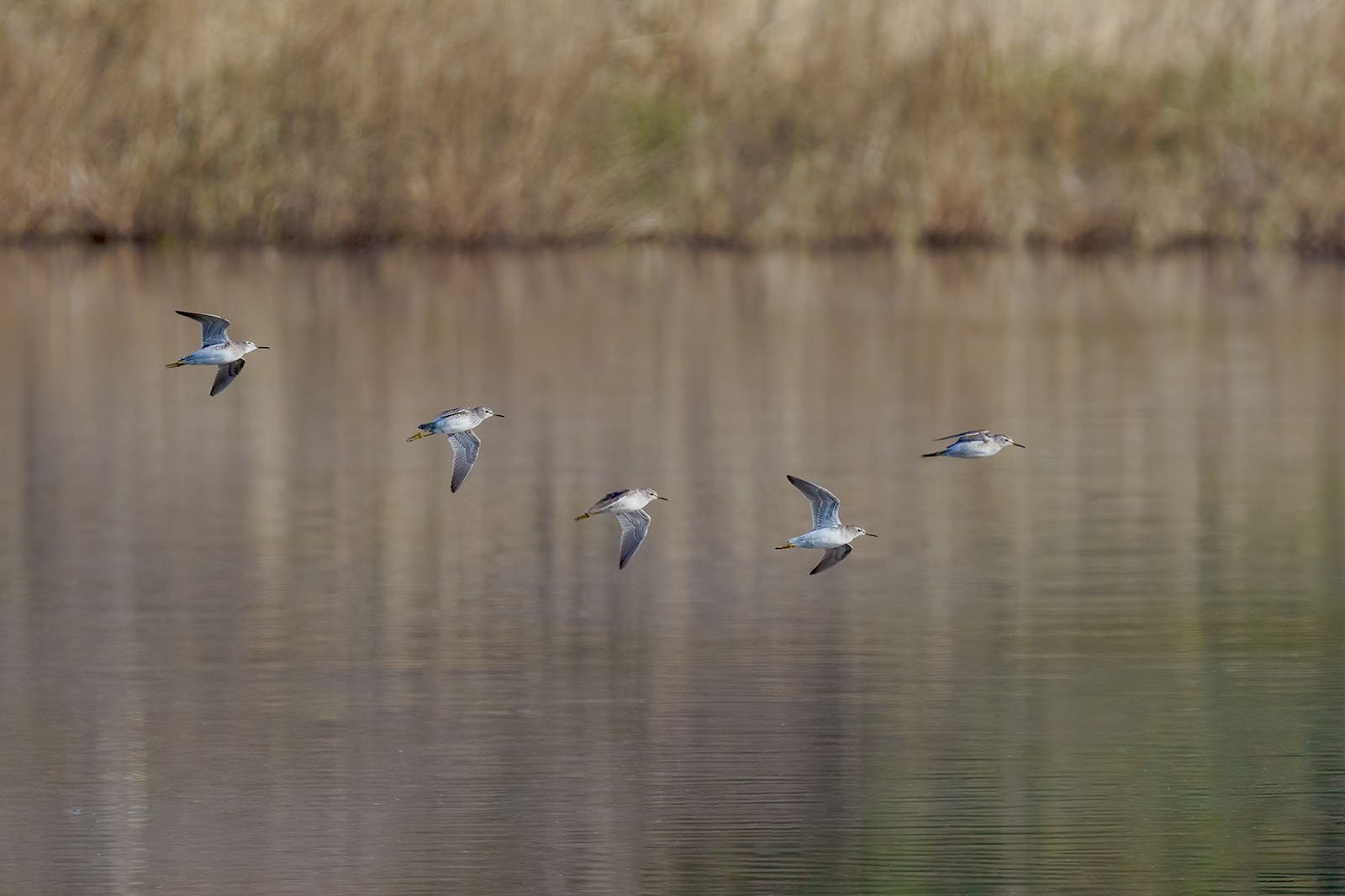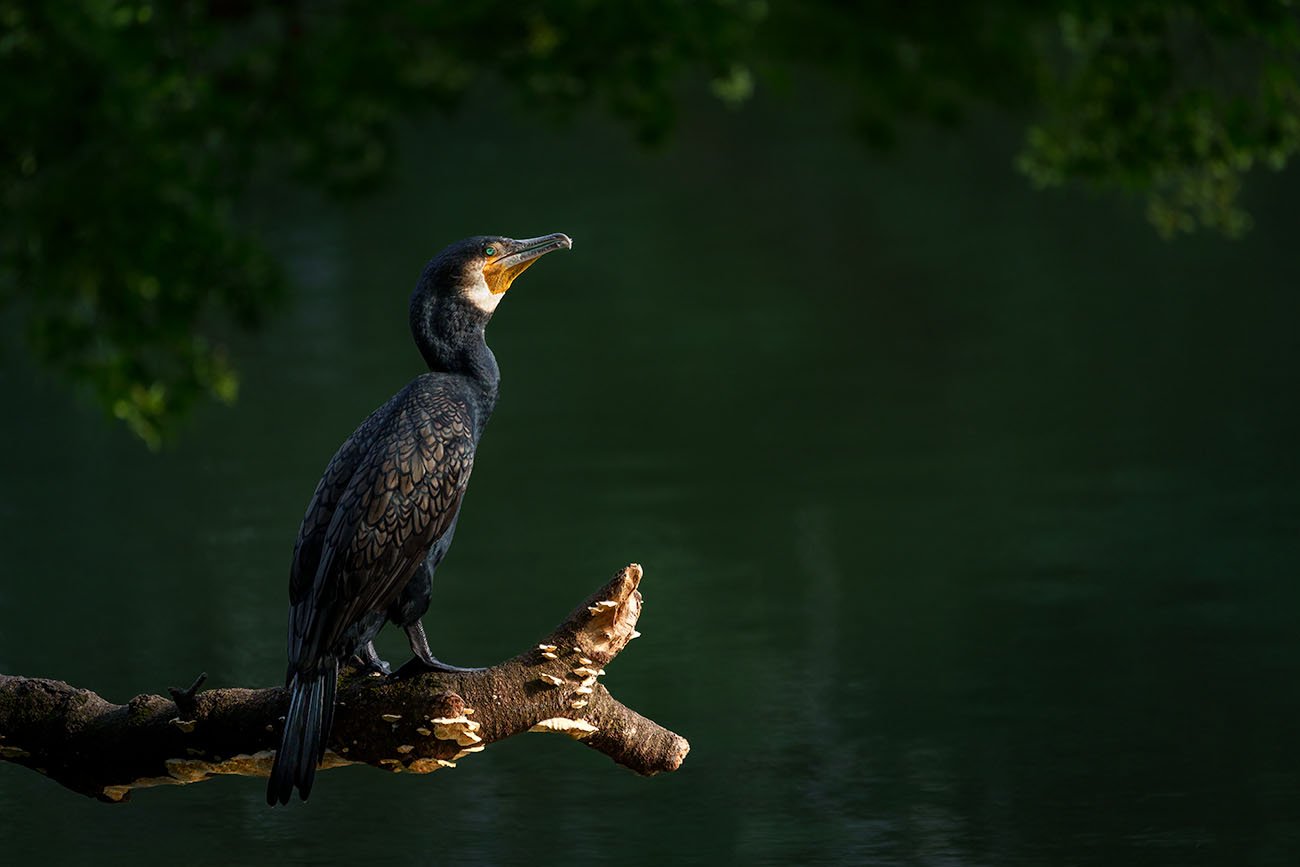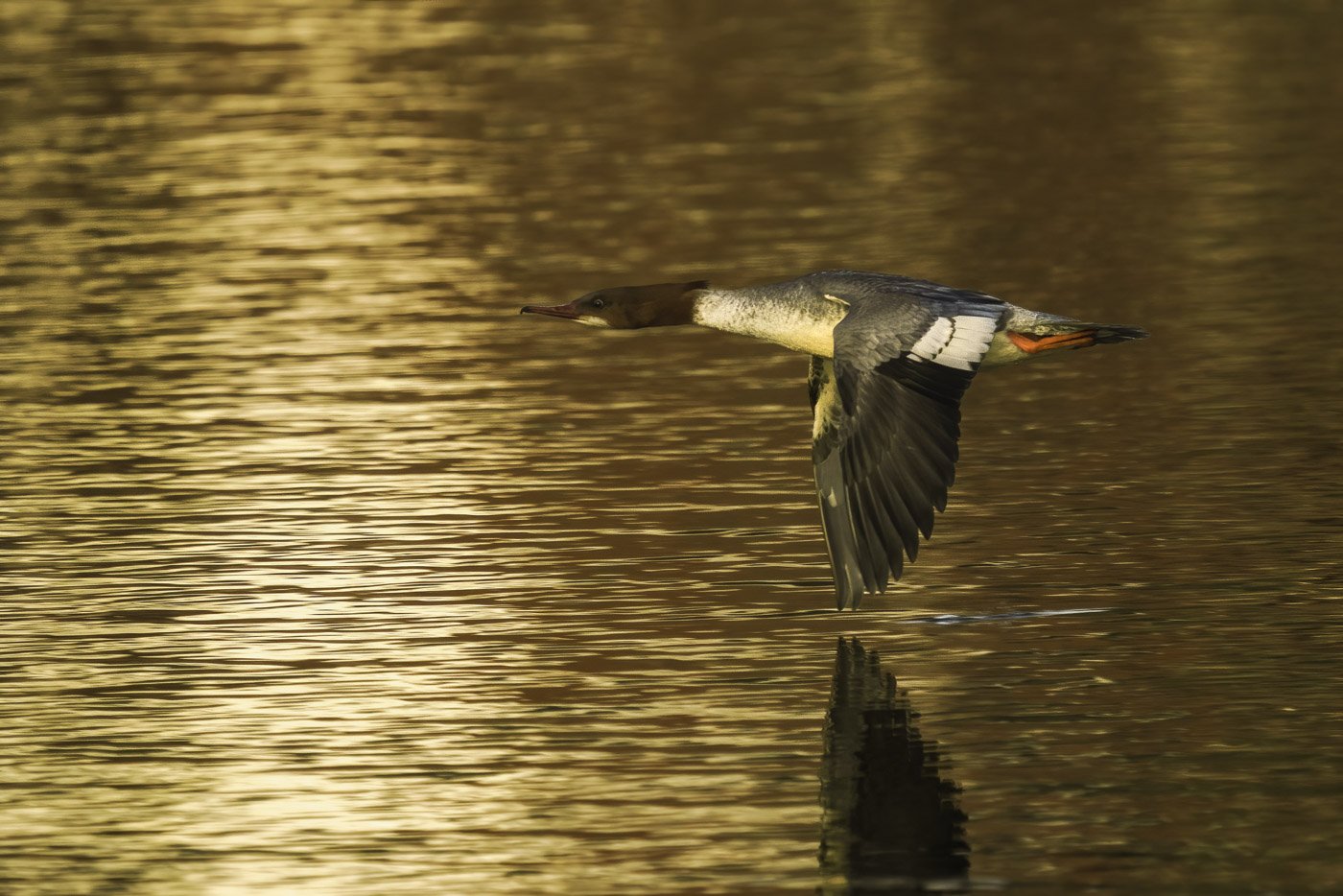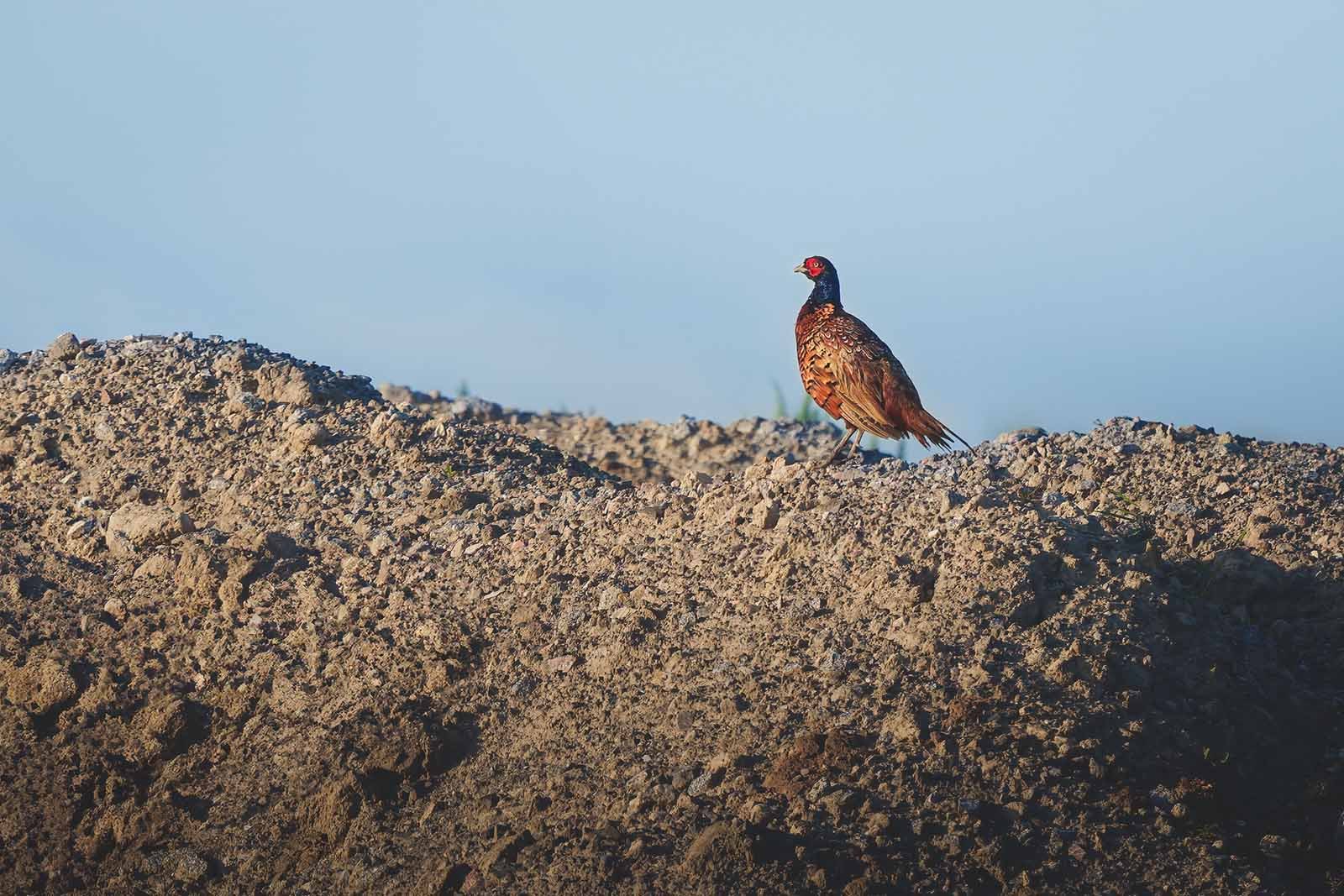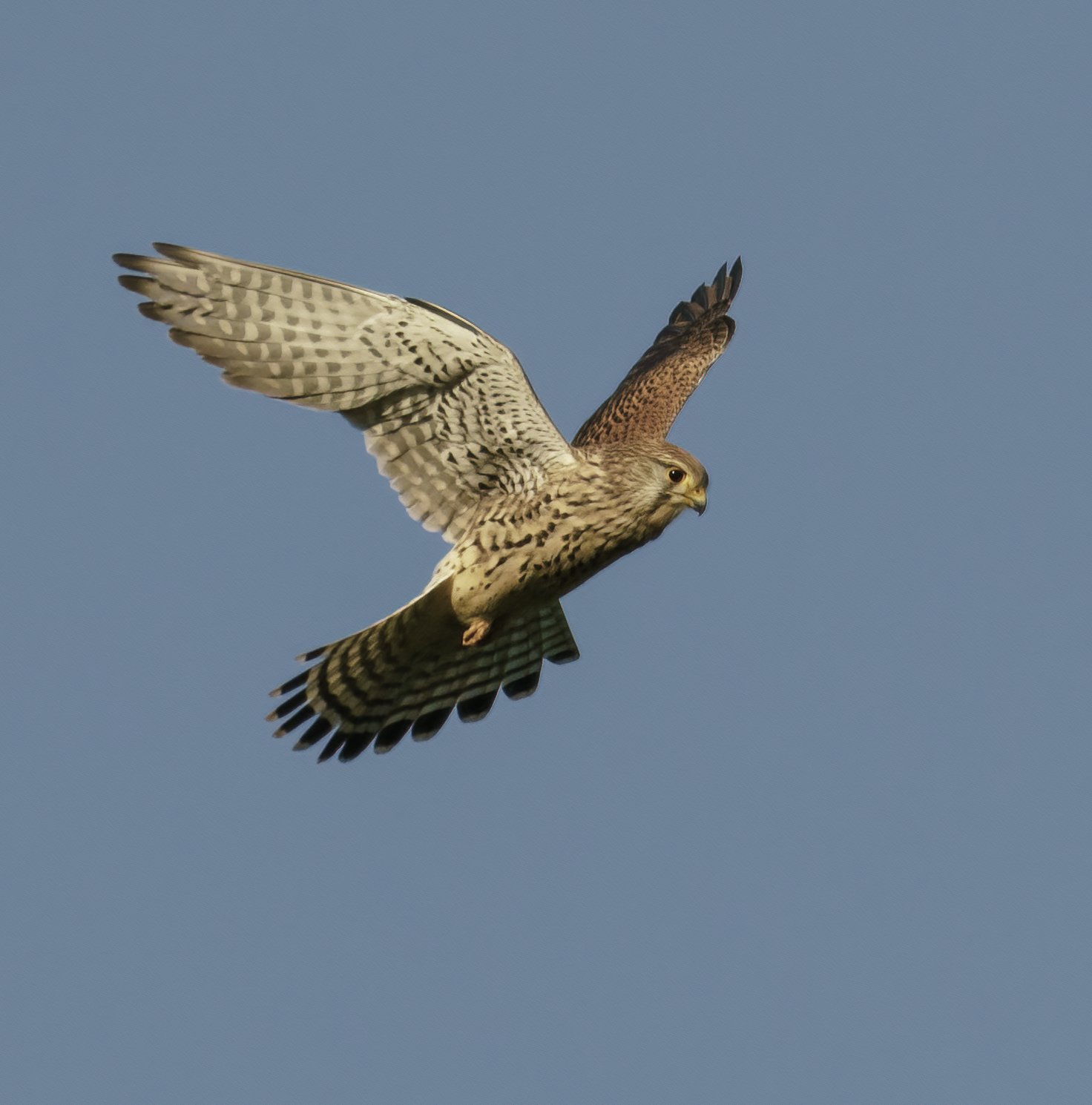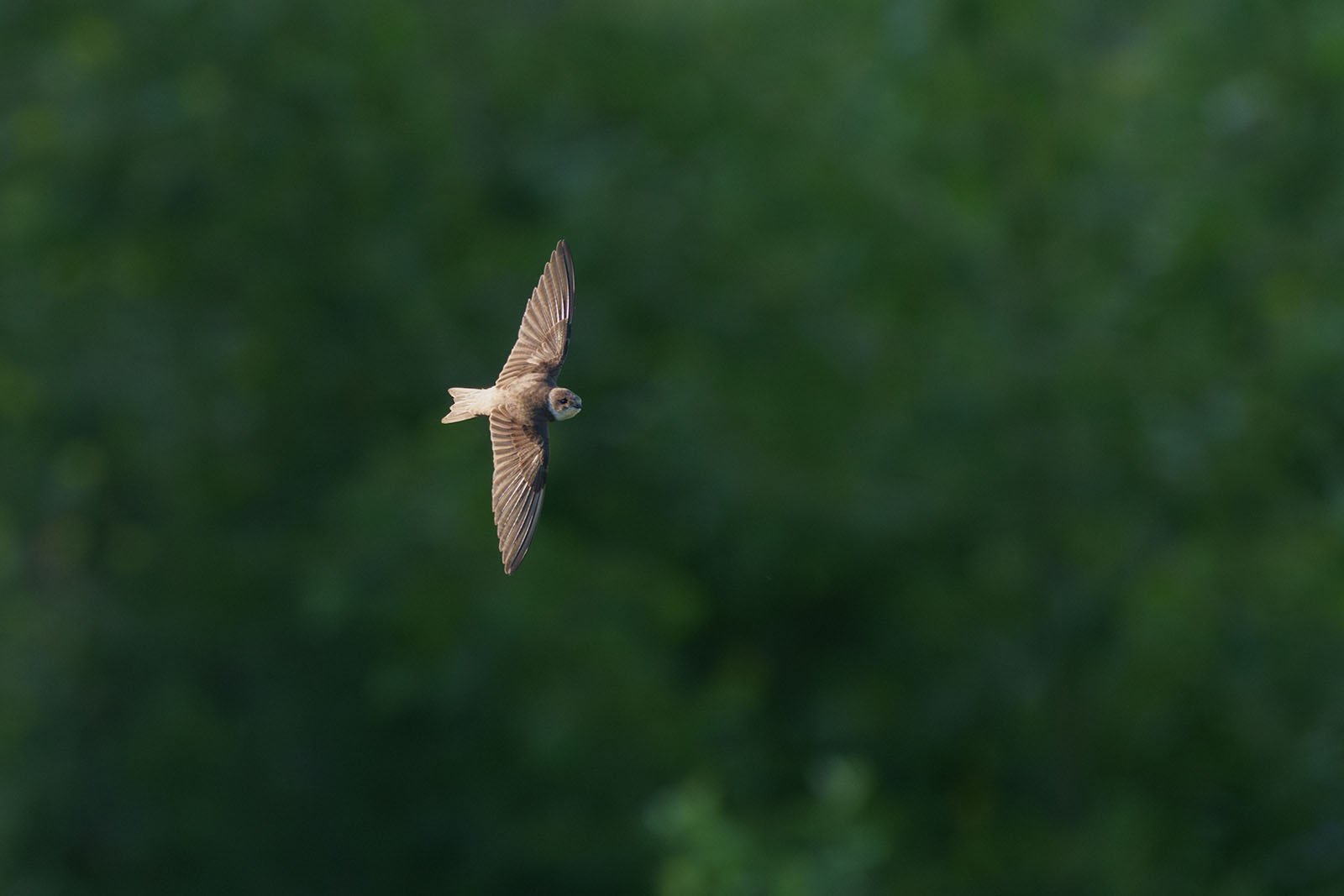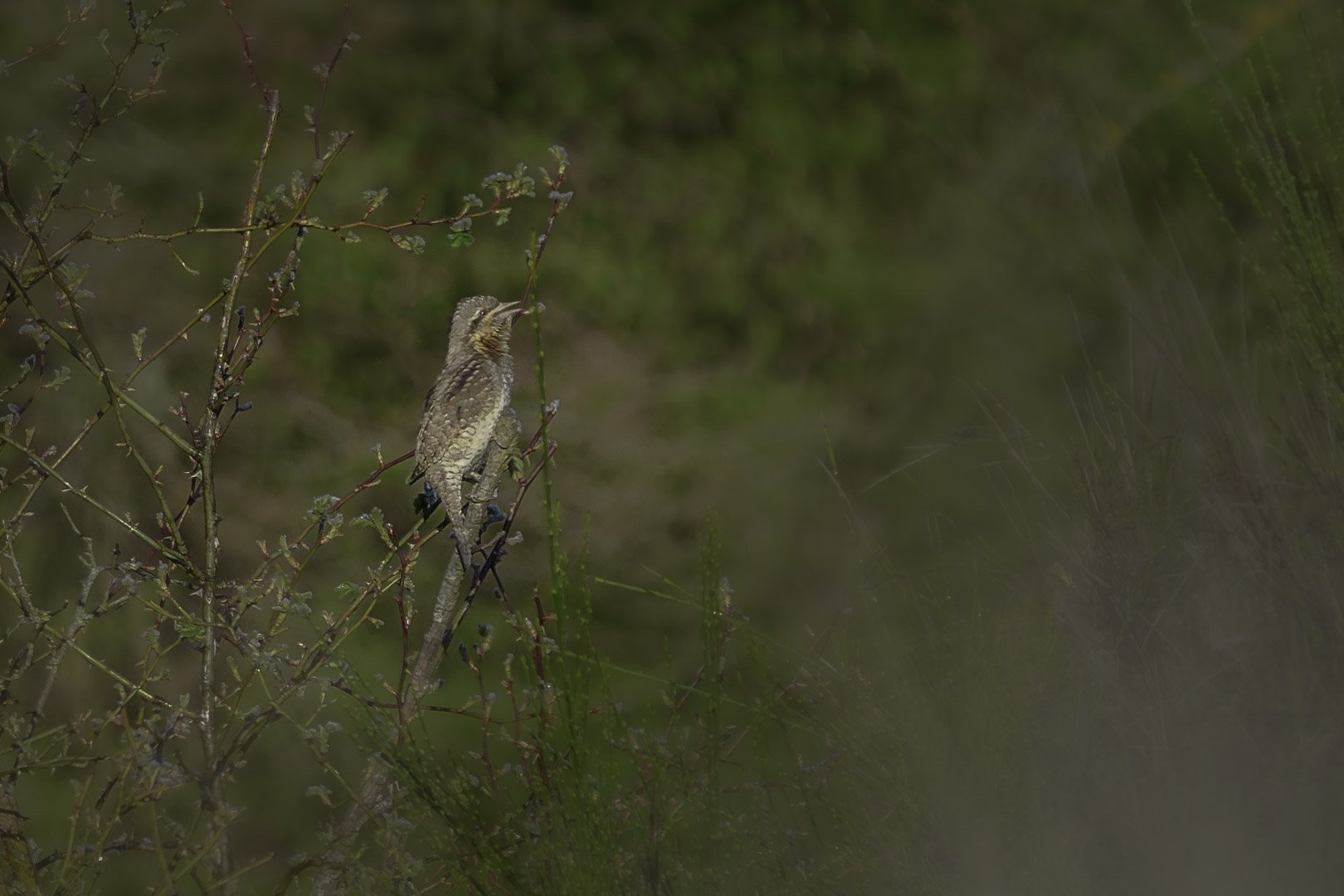Marsh Tit (Poecile palustris)
Marsh Tit (Poecile palustris) - Picture taken in the Upper Palatinate, Bavaria
Key Facts:
Size: 11.5 - 13 cmWeight: 9 - 12 g
Diet: Insects, spiders, and seeds
Season: Resident bird
Observation Tip: Deciduous forests with lots of deadwood, parks with deciduous trees
Photography Tips:
Lens: From 400 mm
Difficulty Level: Easy
The Marsh Tit (Poecile palustris) is a songbird from the tit family (Paridae) closely related to the willow tit and the coal tit. The Marsh Tit has a black crown and nape, pale cheeks, a brown back, and grayish-brown wings and tail. Between 8 and 11 subspecies are recognized. Due to its similarity to the willow tit, identification can be challenging, especially in areas where the two species overlap. It was only recognized as a distinct species in Britain in 1897.
The Marsh Tit has a body length of 11.5 to 13 cm and weighs around 12 grams. With its size, it falls between the coal tit and the blue tit. The iris is dark to blackish-brown. The crown is shiny black, extending over the forehead and crown to the middle of the eye and the nape. The cheeks and ear coverts are white, while the sides of the neck are brownish-white. The chin and throat are black, with partly finely white-tipped feathers. The upperparts are brownish-grey in the nominate form, with a lighter and warmer beige tone on the rump. The underparts are dirty white, with a pale beige tinge mainly towards the flanks and undertail coverts. The primary and secondary feathers are dark brownish-grey, with the outer web narrowly brown and the inner web edged with white. The axillary feathers and underwing coverts are white with a beige tinge, while the tail feathers are dark brown with an olive-brown edge on the outer web. The legs and feet are bluish-grey to slate-grey.
The distribution area of the Marsh Tit covers the temperate zone of the Palearctic, with a gap of almost 2000 km in western Siberia and at the Urals. Remarkably, the western Palearctic subarea coincides with the distribution of the European beech but extends further north and east. Marsh tits live in oak mixed forests and are widespread in the northwest to Wales and central England, in the west to the French Atlantic coast, and in the southwest to the Iberian Peninsula. In the Mediterranean region, they are found along the French Mediterranean coast, the Apennine Peninsula, and Sicily, as well as in large parts of the Balkan Peninsula. Marsh tits occur south and east of the Black Sea in Northern Anatolia and the western Caucasus. The range also extends northwards to southern Scandinavia and Norway along the fjord coast and over the Baltic states. It narrowly extends to the southern Ural Mountains in the east.


